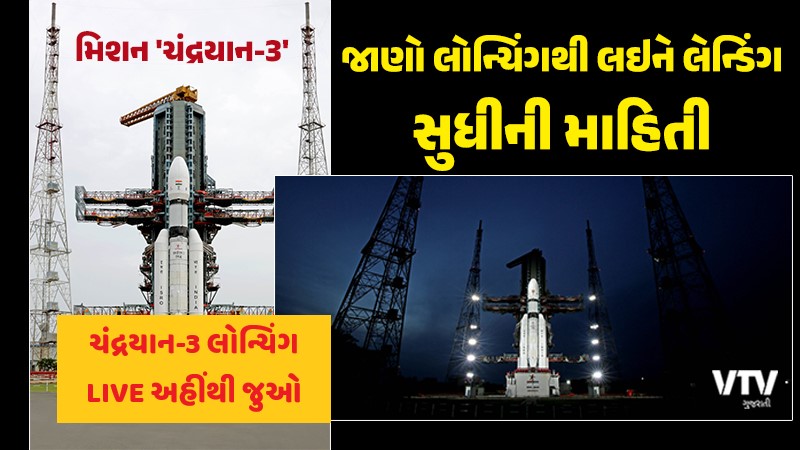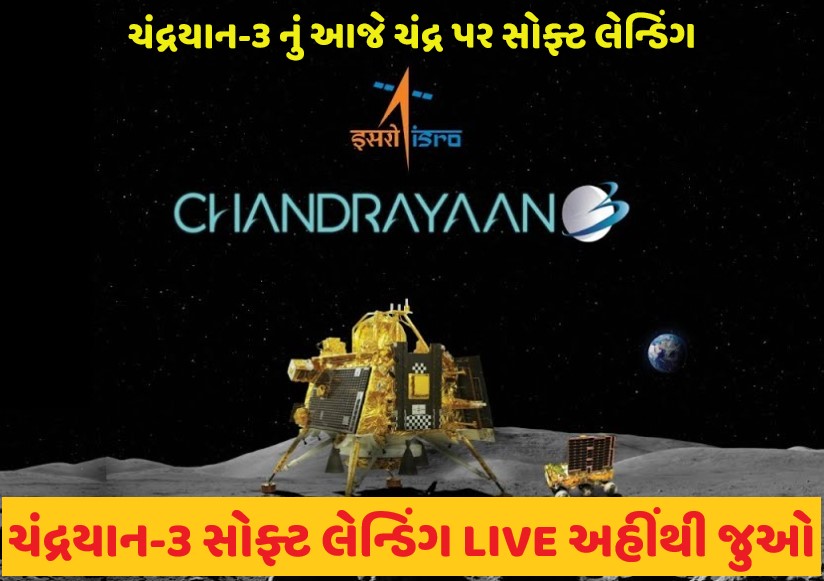Chandrayaan-3: India’s Ambitious Lunar Mission Continues: India’s space exploration program has been making remarkable strides in recent years, and one of its most anticipated endeavors is the Chandrayaan-3 mission. Following the successes of Chandrayaan-1 and Chandrayaan-2, the Indian Space Research Organisation (ISRO) is gearing up for another lunar expedition. Chandrayaan-3 promises to build upon its predecessors’ achievements and unlock further insights into the mysteries of the Moon. In this blog post, we will delve into the objectives, key components, and potential scientific advancements expected from this ambitious mission.
Objective:
The primary objective of Chandrayaan-3 is to land a lunar rover on the Moon’s surface, enhancing India’s understanding of the lunar terrain and geological composition. This mission seeks to further study the presence of water on the Moon and explore its potential for future human missions and resource utilization. By analyzing the Moon’s surface and subsurface, scientists hope to uncover vital information about its formation and evolution, shedding light on our own planet’s early history.
Chandrayaan-3 Key Components:
Chandrayaan-3 comprises several crucial components working in tandem to achieve its scientific goals:
Orbiter: The orbiter will serve as the communication link between the lunar lander and Earth, facilitating the transmission of data and imagery. It will also carry scientific instruments to analyze the Moon’s surface from a higher altitude.
Lander: The lander, similar to its predecessor in Chandrayaan-2, will make a soft landing on the lunar surface. Equipped with instruments and payloads, it will carry out scientific experiments and gather valuable data.
Rover: A rover will be deployed from the lander, enabling mobility on the Moon’s surface. It will explore the surroundings, collect samples, and conduct experiments to provide insights into the lunar environment.

Scientific Advancements:
Chandrayaan-3’s mission is anticipated to contribute significantly to our understanding of the Moon and its resources. Here are a few potential scientific advancements we can expect:
Water on the Moon: Chandrayaan-3 will continue the search for water ice on the Moon, building on the discoveries made during previous missions. Confirmation of water’s presence and its distribution will have profound implications for future lunar exploration and potentially support human presence on the Moon.
Geological Analysis: By studying the Moon’s geological features, scientists hope to gain insights into its origin, geologic processes, and possible volcanic activity. Such knowledge is vital for understanding the evolution of terrestrial bodies in our solar system.

Lunar Sample Analysis: Chandrayaan-3 aims to collect samples from the Moon’s surface and analyze them for their chemical composition and mineralogy. These samples will provide invaluable information about the Moon’s history and offer comparisons to samples collected during previous missions.
Important Links:
💥 ચંદ્રયાન-૩ સોફ્ટ લેન્ડિંગ LIVE ISRO Official 🎥 અહીંથી જુઓ
💥 ચંદ્રયાન-૩ સોફ્ટ લેન્ડિંગ LIVE Doordarshan National 🎥 અહીંથી જુઓ
ચંદ્રયાન-3 લોન્ચિંગ વિડીયો અહીંથી જુઓ
‘ચંદ્રયાન-3’ ના લોન્ચિંગથી લઇને લેન્ડિંગ સુધીની માહિતી
Chandrayaan 3 Moon Mission Details Hindi – Video 🎥
Chandrayaan-3 Conclusion:
Chandrayaan-3 represents another significant milestone for India’s space program and its contributions to lunar exploration. With its ambitious objectives and sophisticated components, this mission holds the potential to unravel the Moon’s mysteries and provide key insights into our solar system’s formation. As India continues to expand its space exploration endeavors, Chandrayaan-3 serves as a testament to the nation’s dedication to scientific progress and its determination to unlock the secrets of our celestial neighbor, the Moon.
Jay hind
Aaj hamare des ka nam puri duniya me
roshan hone vala h jay javan Jay kisan Jay vigyaan bharat mata ki Jay
Jay javan Jay kisan Jay vigyaan